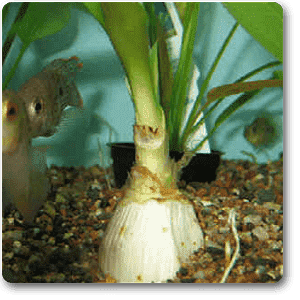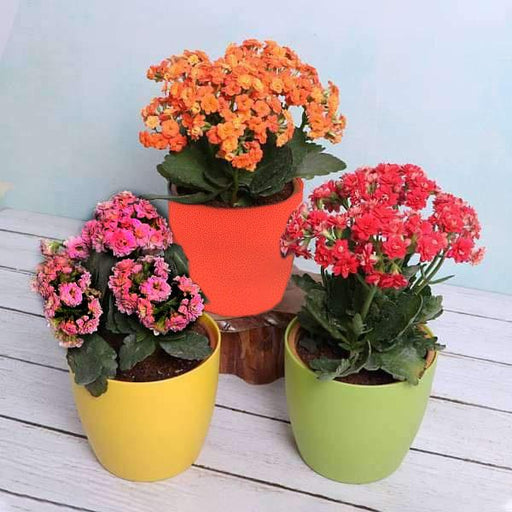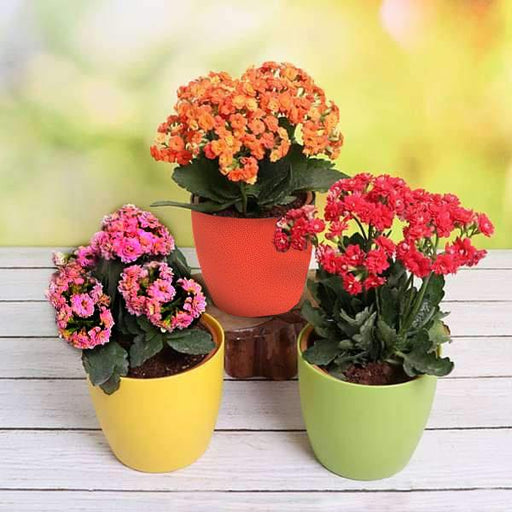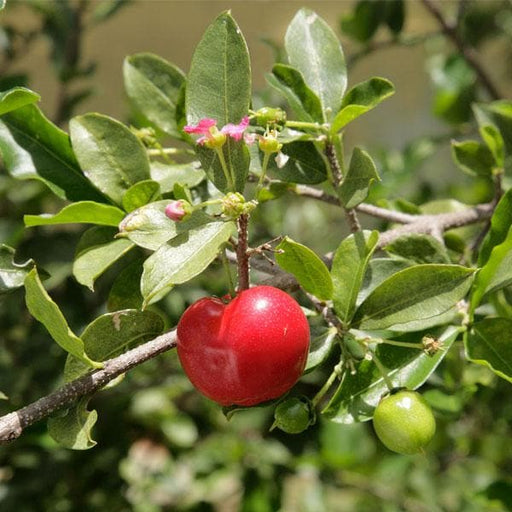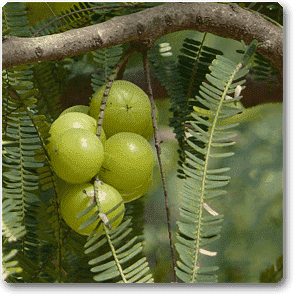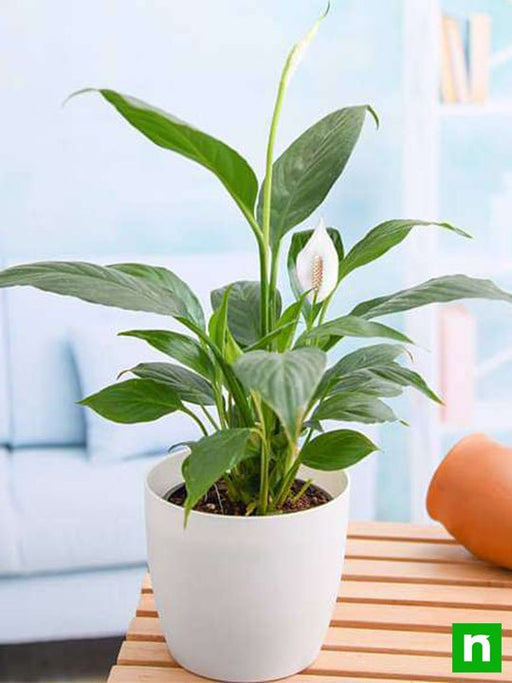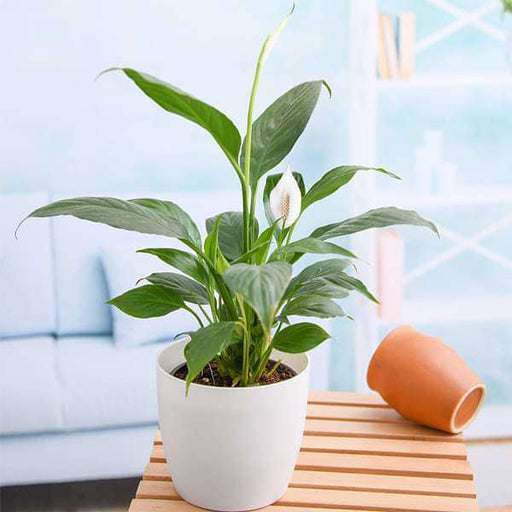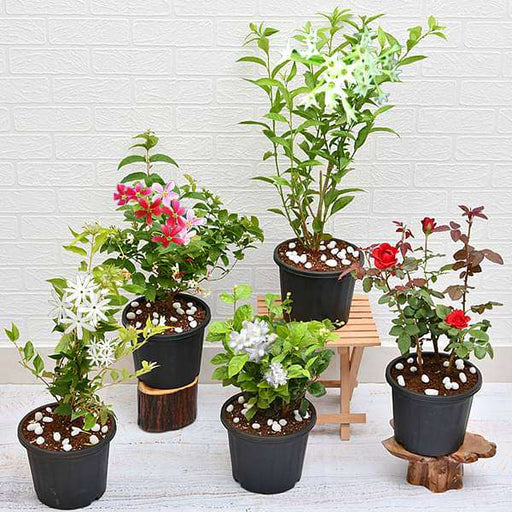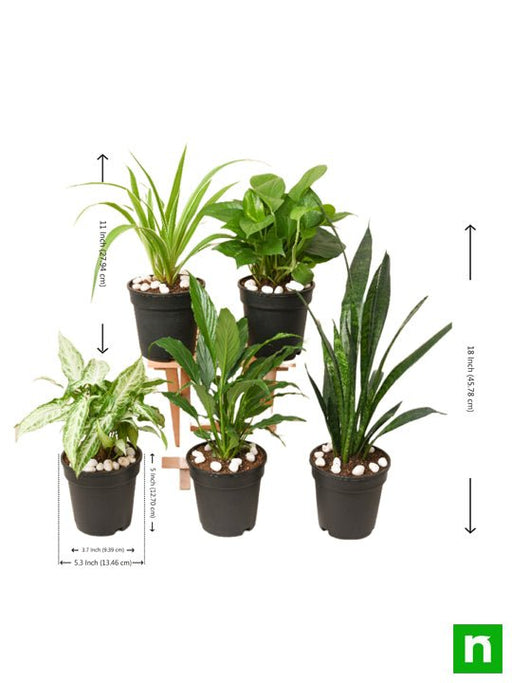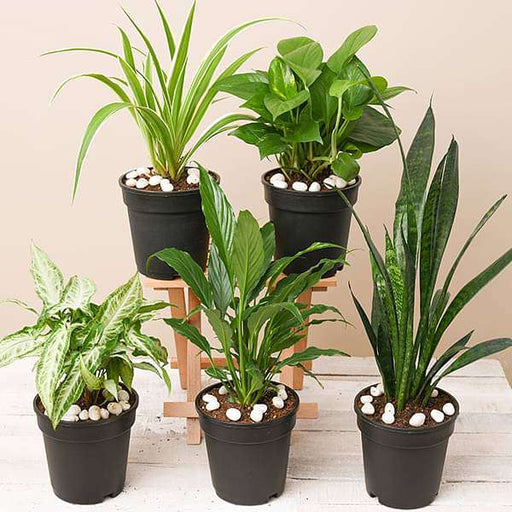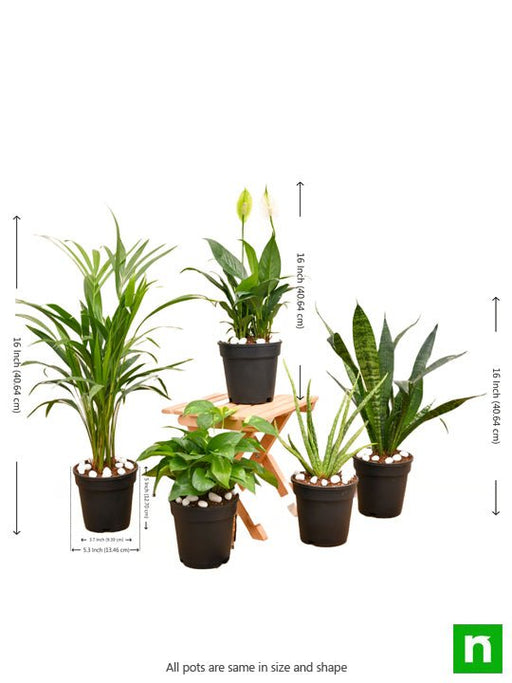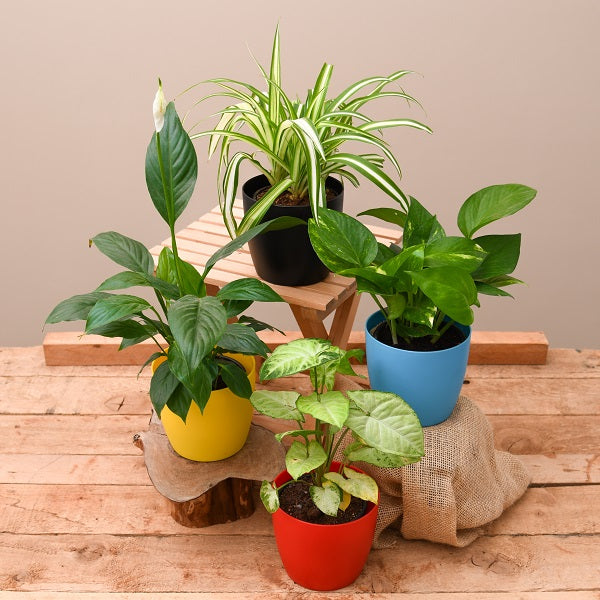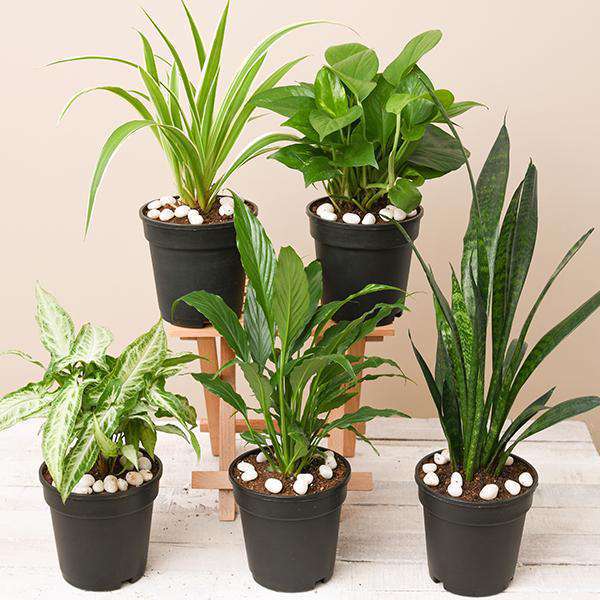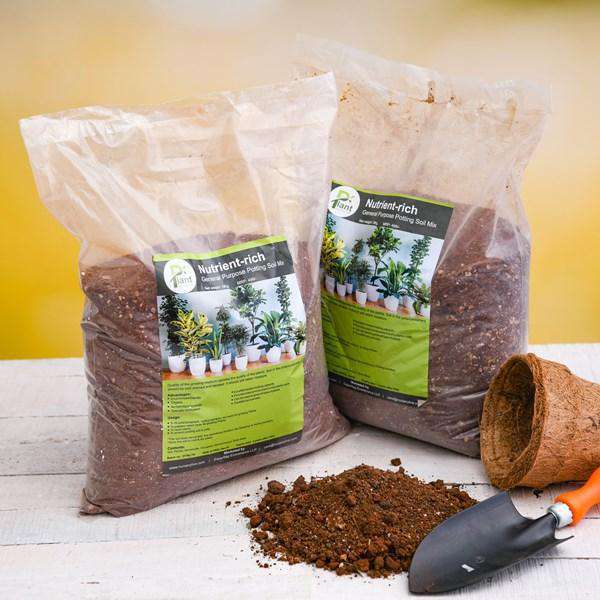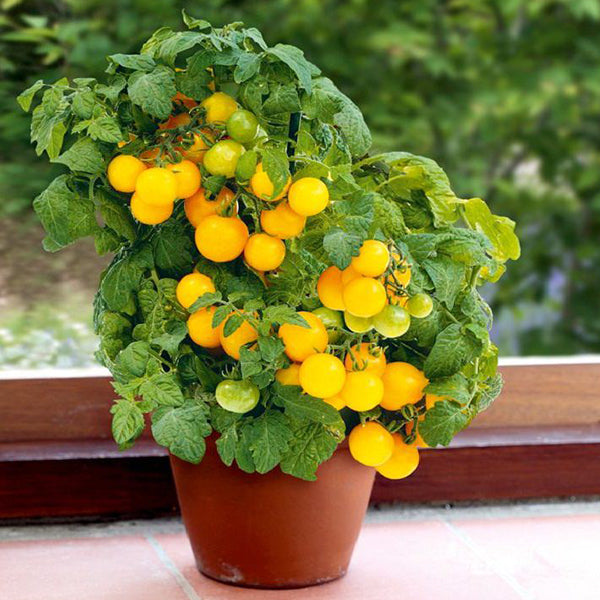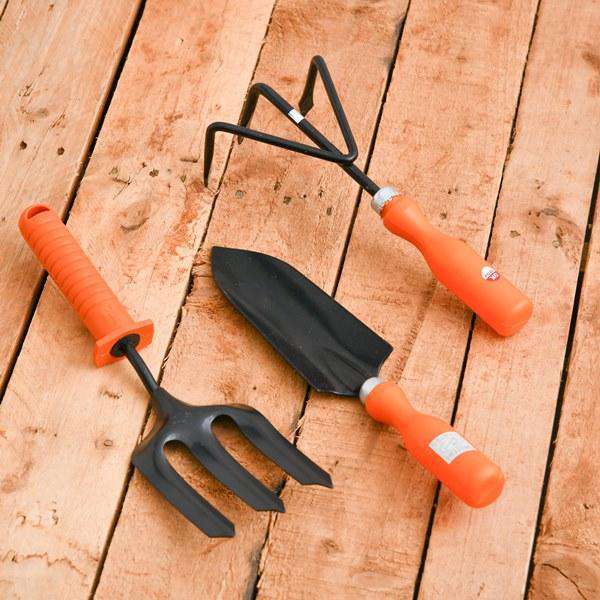Description
A lovely mid-sized allium bearing round umbels of purple-blue flowers in spring and early summer.
| Sr |
Item name |
| 1 |
Himalaya Onion - Plant |
| 2 |
4 inch (10 cm) Grower Round Plastic Pot (Black) |
Himalaya Onion is a deciduous bulb that grows to 1.0 meters high by 0.5 meters wide. It grows in Himalyan foothills between 2300-6600 metre. It sports hemispheric umbels of purple flowe In Nepal, Himalaya onion is often used for cooking, especially for flavouring dal (lintal) boiled legumes.
Rather uniquely, jimbur leaves are usually employed in the dried state and fried in butter fat to develop their flavour.
Plant Specifications
*above specification are indicative only. actual dimensions may vary by +-10%
| Common Name |
Himalaya Onion, Jimbur |
| Maximum Reachable Height |
30-45 cm |
| Flower Colour |
Bright Pink or magenta to purple reflexed flowe |
| Bloom Time |
August to September |
| Difficulty Level |
Easy |
Planting and care
If you want to produce clumps more quickly then put three plants in each pot. Grow them on in the greenhouse for at least their first winter and plant them out into their permanent positions in spring once they are growing vigorously and are large enough.Make division in spring. The plants divide successfully at any time in the growing season, pot up the divisions in a cold frame or greenhouse until they are growing well and then plant them out into their permanent positions.
Himalaya Onion care
An easily grown plant, it prefers a sunny position in a light well-drained soil. It tolerates temperatures down to between -5 and -10c.
The bulbs should be planted fairly deeply. Most members of this genus are intolerant of competition from other growing plants. Grows well with most plants, especially roses, carrots, beet and chamomile, but it inhibits the growth of legumes. Members of this genus are rarely troubled by browsing deer.
| Sunlight |
Hot overhead sun |
| Watering |
Requires enough water to keep the soil moist. |
| Soil |
The plant prefers light (sandy) and medium (loamy) soils and requires well-drained soil. The plant prefers acid, neutral and basic (alkaline) soils. |
| Temperature |
it tolerates temperatures down to between -5 and -10c |
Himalaya Onion special feature
The juice of the plant is used as a moth repellent. The whole plant is said to repel insects and moles.
Himalaya Onion uses
Medicinal Use:
- The bulbs, boiled then fried in ghee, are eaten in the treatment of cholera and dysentery
- The raw bulb is chewed to treat coughs and colds
- It is said that eating the bulbs can ease the symptoms of altitude sickness
- Members of this genus are in general very healthy additions to the diet
- They contain sulphur compounds (which give them their onion flavour) and when added to the diet on a regular basis they help reduce blood cholesterol levels, act as a tonic to the digestive system and also tonify the circulatory system
Culinary Use:
- Young leaves are cooked as a vegetable
- The dried leaves are used as a condiment in curries and pickles
- Bulb are raw or cooked
- Poorly developed and rather small
- The cloves are used as a substitute for garlic
- Flowers are raw
- Used as a garnish on salads
